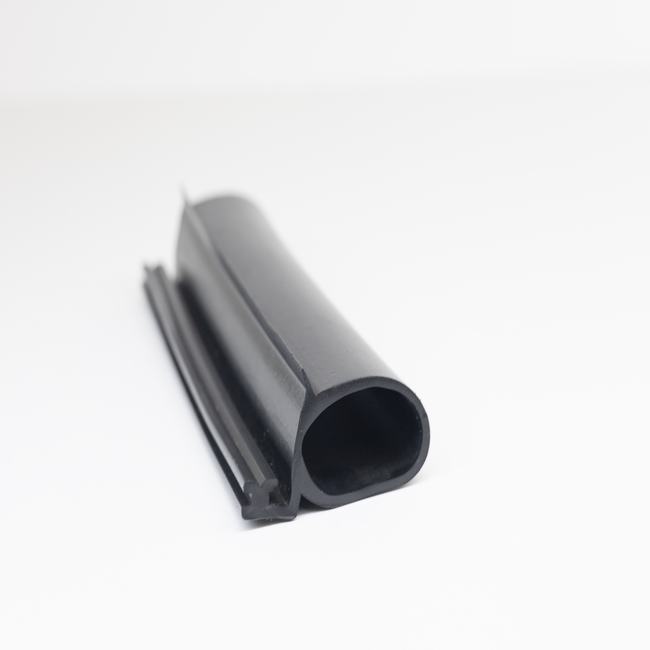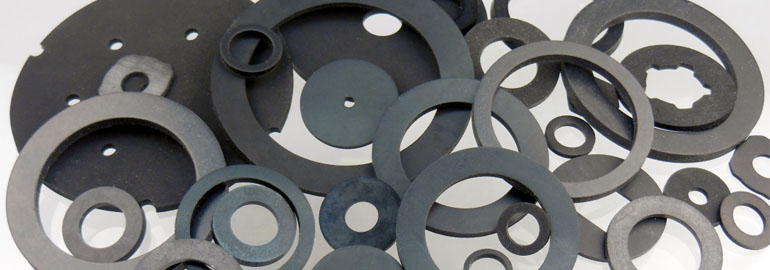Automatic door seals, also known as automatic door bottom seals or automatic door sweeps, are specialized sealing devices designed to improve the energy efficiency and security of automatic doors. These seals are commonly used in commercial and institutional buildings with sliding or swinging automatic doors. They provide a tight seal when the door is closed, preventing drafts, noise, and the infiltration of dust, insects, and external elements. Here are key aspects of automatic door seals:
Components:
Automatic door seals typically consist of the following components:
- Sealing Mechanism: This is the central part of the seal responsible for creating an effective barrier when the door is closed. The sealing mechanism is often made of flexible materials like neoprene, silicone, or other elastomers.
- Housing or Casing: The sealing mechanism is housed in a metal or plastic casing, which is usually installed on the bottom of the door or along its sides, depending on the type of automatic door and the specific seal design.
- Adjustment Mechanism: Many automatic door seals are equipped with an adjustment mechanism that allows users to fine-tune the seal’s position and compression level to ensure an airtight fit.
Functions:
The primary functions of automatic door seals include:
- Energy Efficiency: By creating a tight seal when the door is closed, automatic door seals help to reduce energy losses by preventing air leakage. This can lead to energy savings and improved HVAC system efficiency.
- Sound Insulation: Automatic door seals can reduce noise transmission, making them useful in maintaining a quieter indoor environment, especially in commercial buildings near busy streets.
- Security: These seals enhance the security of a building by sealing gaps and preventing unauthorized access or forced entry when the door is closed.
- Weather Protection: Automatic door seals provide protection against outdoor elements such as rain, snow, wind, dust, and insects.
Types:
Several types of automatic door seals are available to suit different door configurations:
- Bottom Seals: These are installed along the bottom edge of the door and are suitable for sliding doors. They create a seal with the floor when the door is closed.
- Side Seals: Side seals are attached to the sides of the door frame or the door itself. They are often used with swinging doors and provide a seal along the vertical edges of the door.
- Meeting Stiles: Meeting stile seals are used with double doors (French doors) to seal the gap between the two doors where they meet in the center.
Installation:
Installing automatic door seals typically involves the following steps:
- Measure and Cut: Measure the length needed for the seal, and cut it to fit the door’s dimensions.
- Attach the Seal: Attach the seal housing to the bottom or sides of the door, following the manufacturer’s instructions. Some seals may require screws or adhesive for secure installation.
- Adjust the Seal: If the seal has an adjustment mechanism, fine-tune it to ensure that the seal makes proper contact with the floor or frame when the door is closed.
- Test the Seal: Close the door and check that the seal creates a tight and even seal along the entire length.
Maintenance:
Regular maintenance of automatic door seals involves inspecting them for wear and damage, cleaning them as needed, and ensuring that they continue to provide an effective seal. Damaged or worn seals should be replaced to maintain their functionality.
In summary, automatic door seals are essential components for improving energy efficiency, security, and comfort in commercial and institutional buildings with automatic doors. Proper selection, installation, and maintenance of these seals are crucial for their effectiveness and long-term performance.






